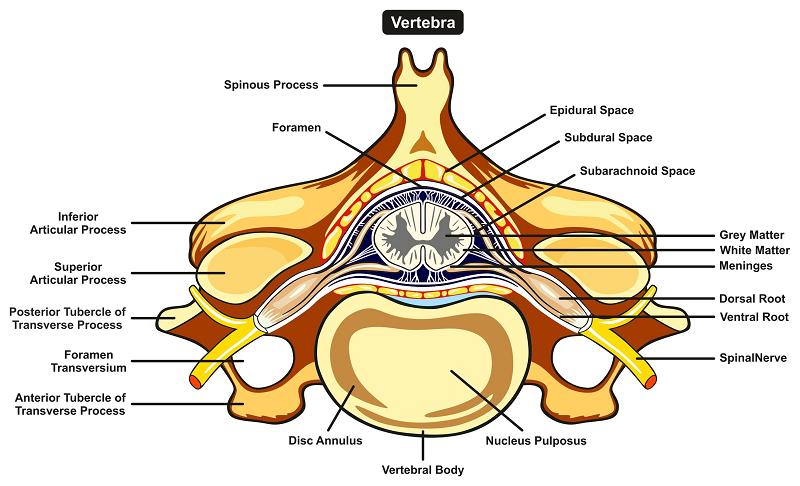Frequently Asked Questions
Below are answers to commonly asked questions regarding the Vega Procedure and other forms of implanted neurostimulation for pain control. In addition to these FAQs, we recommend that you view our On-Demand Patient Webinar and review the other information on our website. We have a tremendous amount of information including research articles, patient videos, and other pages of explanation.
If you have more questions, our patient care specialists will happy to help. They are available either through live chat on this site, through our contact forms, or via telephone at 972-922-1692.
What is the Free Consultation?
There is no charge for the initial physician consultation at St. Jude Pain Centers. The consultation is scheduled like any other consultation that you might have with a physician and can be arranged either in the office or as a telephone consultation.
Does insurance cover the procedure?
Yes, the procedures, which involve the implantation of FDA-approved medical devices, are a well-accepted standard of care and accepted by most insurance carriers.
How do I know if I'm a candidate?
A final decision on whether a person is a candidate can only come after a consultation with a St. Jude Pain Centers’ physician. However, in general, people are considered candidates for the procedure if they have moderately severe to severe, chronic pain over any part of the body that has not responded to other treatments. For example, if a patient has severe back pain that has not responded to multiple other more conservative treatments, including medications, then he/she may well be a candidate (but, again, an initial full consultation is required to make sure). So, in a very basic sense, you may be a candidate if you have severe, chronic pain that is not responding to anything else.
Is there any medical research on the Vega Procedure?
Yes, the Vega Procedure, which is a combination of a spinal cord stimulator and a subcutaneous stimulator, has hundreds of research articles published over the past 50 years documenting long-term positive results. In fact, St. Jude Pain Centers’ specialists have contributed numerous articles to the literature on specific forms of implantable neurostimulation for pain control. These papers, and many others, are available for download on our website on our “Research” pages.
What can I expect from a neurostimulator implant?
If you have a permanent stimulator implanted, then you may expect marked improvement in your back (or other) pain. This improvement is continuous, does not depend upon medications, and allows our patients to return to more normal lives with their families and work. The battery of the stimulator lasts 5 years and is easily replaced in a 15-minute outpatient procedure at that time. So, effectively the implant is capable of providing near-permanent, continuous relief from your pain. How much pain relief varies amongst patients and can be anywhere from 50% improvement to well over 90% improvement (near-complete relief).
Can I control the stimulation from the implant?
Yes, while the implantable device is completely under the skin (not visible at all), it is controlled by a hand-held programming unit (about the size of a cell phone) that you will have. Conceptually, you might think of the hand-held programmer as functioning similar to a TV remote control. The programmer allows you to turn the unit on and off, as well as decrease or increase the amount of stimulation.
Are there any cosmetic issues with the implanted stimulator?
Our patients report almost no cosmetic issues with the units. These are small implantable devices that generally require only a couple-inch incision over the outer gluteal (hip) region for placement. They are completely under the skin, and once the incisions heal, the patient is generally not even aware that it is there (other than the pain being under control).
How long does the procedure take?
Both the trial and permanent stimulators are performed as out-patient procedures. The trial is a painless, 15-minute procedure. The permanent stimulator is also a simple, painless procedure that takes about an hour. After a short recovery period, you are ready to be discharged.
What's the purpose of the Trial Stimulator?
All patients first undergo a 3-4 day outpatient period of trial stimulation. The purpose of this is to make sure that the stimulator will indeed work and control your pain. Basically, the Trial Stimulator is somewhat like a “Test Drive” in that you get to actually test the stimulator and see how it works before you make the decision to have the permanent unit. So, you actually get to see for yourself exactly what an implanted stimulator can do for you before you have the implant. It’s one of the few times in medicine that you can actually “test” a therapeutic surgical procedure before you actually have the procedure itself.
Are there any physical limitation after an implant?
One of the many great things about an implanted stimulator is that there are really no physical limitations. Once you recover from the procedure itself, you can literally do whatever you want. We have patients that enjoy water and snow skiing, martial arts, cheerleading, gymnastics, swimming, and running, just to name a few. Indeed, as your pain comes under better control, you will naturally be doing much more than you could previously.

